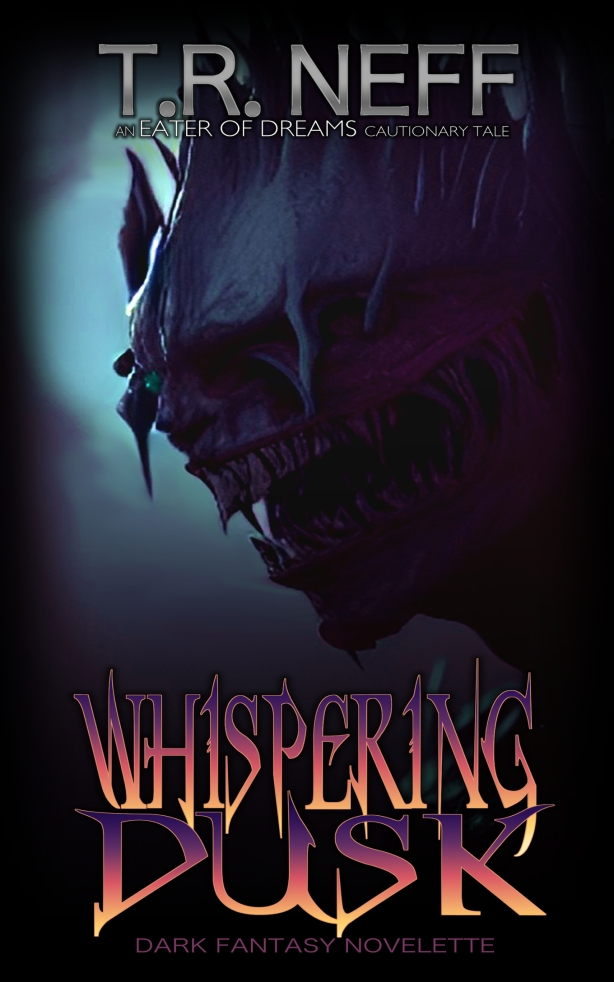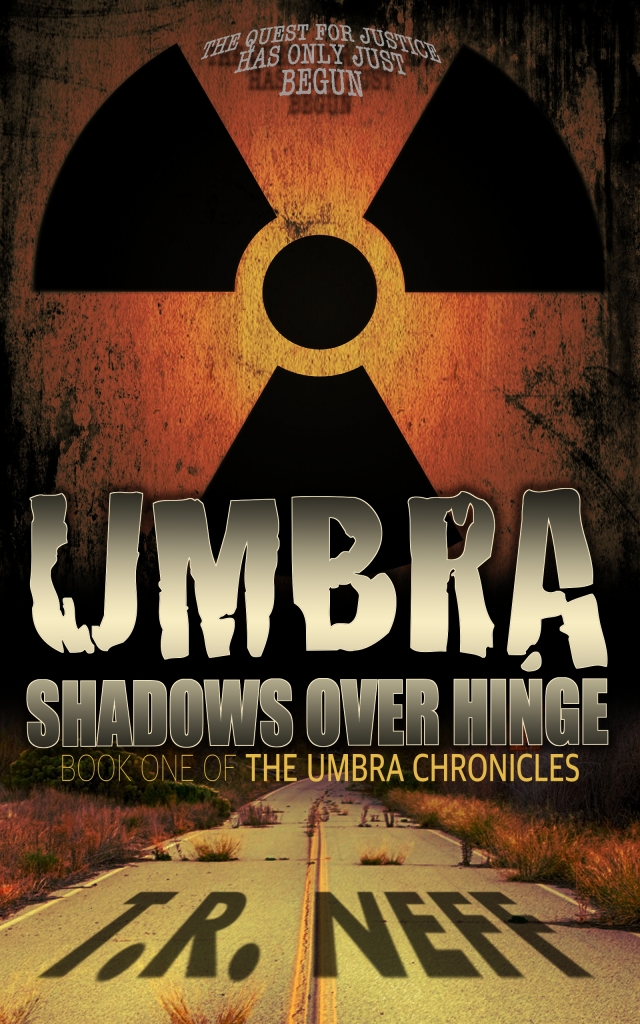With the rise in the last several years of movies and books with dystopian or post-apocalyptic themes, the reporting media (as usual) does not take a careful look at the particular connotation behind these two terms.
Rule #1: ‘Dystopia’ and ‘Post-apocalyptic’ are NOT synonymous.
‘Dystopia’ refers to the community or society. ‘Post-Apocalypse’ refers to the milieu, setting, and is essentially a world-building term, of the locale after the Apocalypse.
The latest dystopian work to reach the masses, The Hunger Games, contains both dystopian elements and post-apocalyptic, but the latter only in a superficial and lazy way (never truly defined). Mostly, it bases its storytelling on the interaction of the people within this society to ‘current’ events.
Rule #2: Apocalyptic events often create Dystopias.
The society Panem from The Hunger Games could just as well have arisen from modern politics without the intervention of some apocalypse, in that the series of laws created eventually funneled the society into the state where it happens to be at the time of the novels, when the sheeple have given up their power to the government. (Another aside: note that they tried once and failed, and gave up after that. If they allow themselves to be so easily trod upon, then they deserve the government they got.)
Rule #3: Dystopias can beget a man-made Apocalypse
Nineteen Eighty-Four, by far the most famous, also has both elements to give it background, but by and large is dystopian. It is about the people within the proscribed society.
For another example, I would personnally argue that Mad Max isn’t so much a dystopia as a film of anarchy slipping towards its apocalypse hinted at in the introductory montage in The Road Warrior. Still, it shows that the societies that are created or born from the bad decisions of mad can eventually lean toward the type of mentality that would unleash its own post-apocalypse.
Rule #4: Not all Apocalypses are created equal.
Zombie apocalypse abounds in our world. In my youth, during the Cold War, the threat of a Nuclear Apocalypse reigned (and is still, ironically, my ‘favorite’ PA theme and may or may not be the ‘Visitation of the Fallen Suns’ alluded to in the first novel, Umbra: A Post-Apocalyptic Mystery). The Road Warrior came from this era, as did one of my favorite games of all time, Wasteland (and its nearly 30 years in the making sequel, as well as the beloved ‘Fallout‘ series.) The threat of pervasive, mutating radiation infecting everything for decades or hundreds of years, along with the (now-disproven) threat of a ‘nuclear winter‘ seemed just too juicy to not spawn some of the greatest PA works of all time. (Now there’s also a discussion of a ‘nuclear summer’, for the global-warming hangers-on.) Of course it had its stinkers too, like World Gone Wild, with Adam Ant and Steel Dawn, with Patrick Swayze, God rest his soul.
But what about all those other ones? Day of the Triffids? Waterworld? One of my favorite (and arguably one of the only ‘romance’ novels I will ever read, let alone love) – The Silver Metal Lover? They introduce their own type of apocalypse (blindness/sentient and malevolent plants and melted polar ice caps for the global-warmers, and pollution/asteroid interference, respectively) and all of these are directly influential on the events that occur in the novel.
There are still plenty of differences, and I am sure to revisit this post as time permits to add a few more of my observations, and I invite you to research and suggest some of your own.













